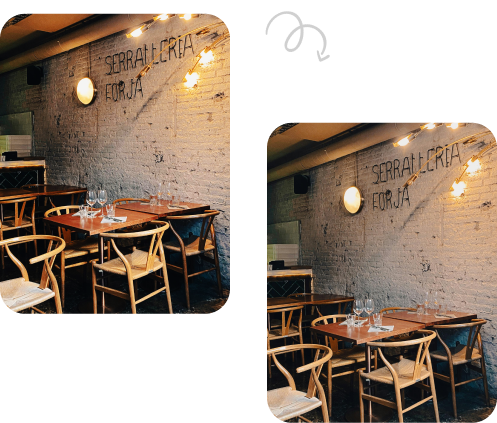In the world of real estate, the first impression often comes through striking visuals. With the growing importance of online listings and virtual tours, real estate photo editing has become a crucial aspect of showcasing properties. In this article, we explore the latest trends and innovations shaping the landscape of real estate photo editing, elevating the visual appeal of properties and enticing potential buyers.
HDR Imaging for Enhanced Details: High Dynamic Range (HDR) imaging continues to be a popular trend, offering a balanced and detailed representation of both shadows and highlights. This technique ensures that every corner of a property is showcased in its best light, creating visually stunning images that stand out.
Virtual Staging for Ambiance: Virtual staging has become an innovative solution to transform empty spaces into warm, inviting homes. Through advanced photo editing, designers can add virtual furniture, decor, and even adjust lighting to create an ambiance that resonates with potential buyers.
Aerial Photography for Unique Perspectives: Drones have revolutionized real estate photography, providing breathtaking aerial views of properties and their surroundings. Aerial photography allows for a unique perspective, showcasing the entire property, its landscape, and the neighborhood, enhancing the overall appeal.
Twilight Photography for Dramatic Effect: Twilight photography adds a touch of drama and sophistication to real estate images. Editing techniques are employed to enhance natural lighting, capturing properties during the ‘golden hour’ to create visually stunning and memorable photographs.
Color Correction for Consistency: Consistency in color is crucial for a cohesive and professional-looking property portfolio. Real estate photo editors use color correction techniques to ensure uniformity in tone and color, creating a seamless visual experience for potential buyers.
Virtual Tour Integration: Virtual tours have become a staple in real estate marketing, allowing prospective buyers to explore a property from the comfort of their homes. Photo editing is utilized to stitch together high-quality images, creating immersive and engaging virtual experiences.
Perspective Correction for Symmetry: Perspective correction techniques are employed to ensure that architectural elements appear symmetrical and proportional. This enhances the visual appeal of a property and presents it in the best possible light.
360-Degree Photo Editing: With the rise of virtual reality (VR) and 360-degree photography, real estate photo editing now includes the ability to enhance and edit panoramic images. This creates an interactive experience for viewers, allowing them to virtually navigate through a property.
Artificial Intelligence (AI) Enhancements: AI is increasingly being used to enhance real estate images, from automatic image recognition to intelligent object removal. These innovations save time for photo editors and ensure a high level of accuracy in the final images.
Interactive Floor Plans: Photo editing extends to the creation of interactive floor plans, providing potential buyers with a clear understanding of a property’s layout. This trend enhances the overall user experience and facilitates better decision-making.
Conclusion: In the dynamic world of real estate marketing, staying abreast of the latest trends and innovations in photo editing is essential. These advancements not only elevate the visual appeal of properties but also contribute to creating a compelling and immersive experience for potential buyers. As technology continues to evolve, the realm of real estate photo editing services will likely witness further innovations, setting new standards for showcasing properties in the digital age.


